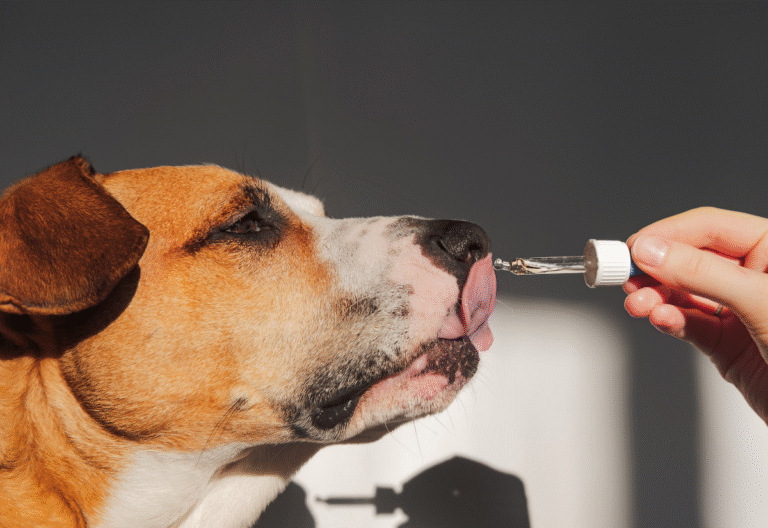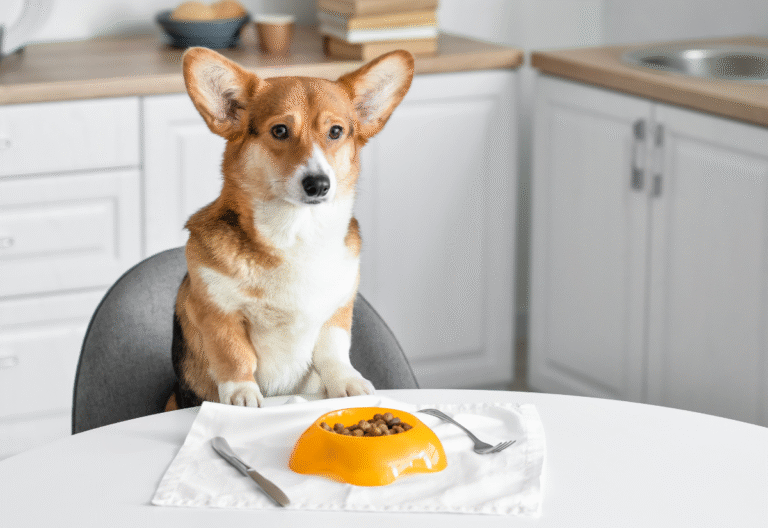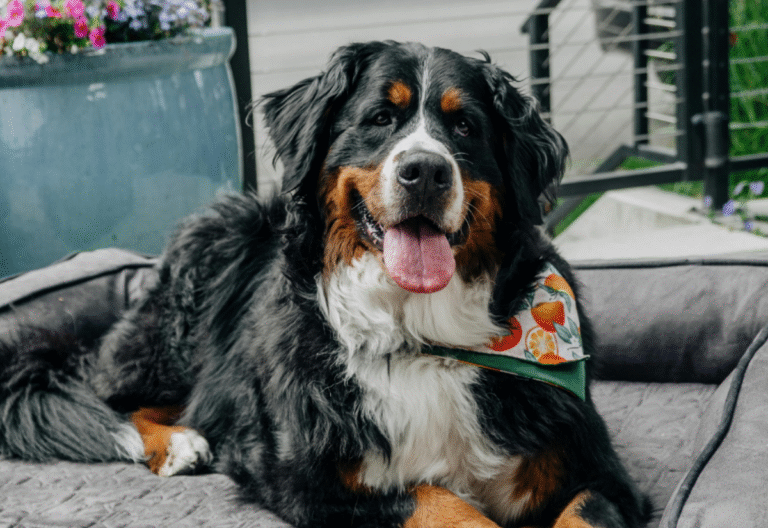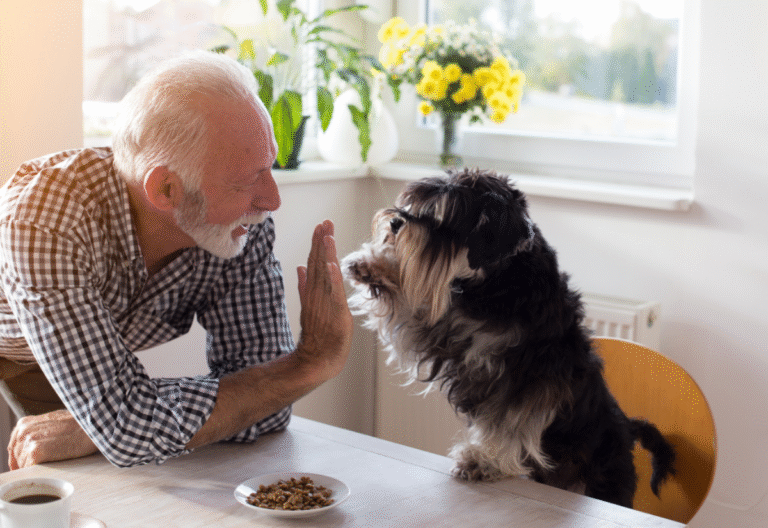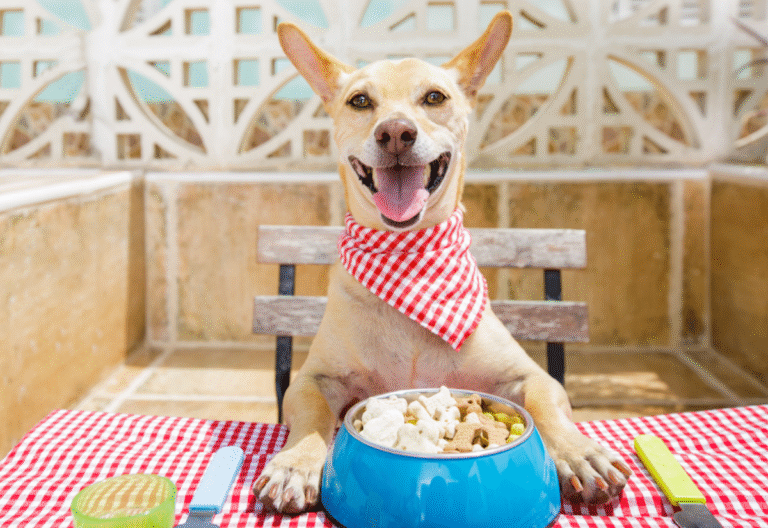How to Keep an Old Dog Active: Gentle Ways to Boost Energy and Mobility
As dogs grow older, their pace slows, their naps get longer, and their joints may ache a bit more. But knowing how to keep an old dog active can make all the difference in their golden years. With the right mix of gentle exercise, mental stimulation, and supportive care, you can help your senior dog stay strong, happy, and connected to the life they love.
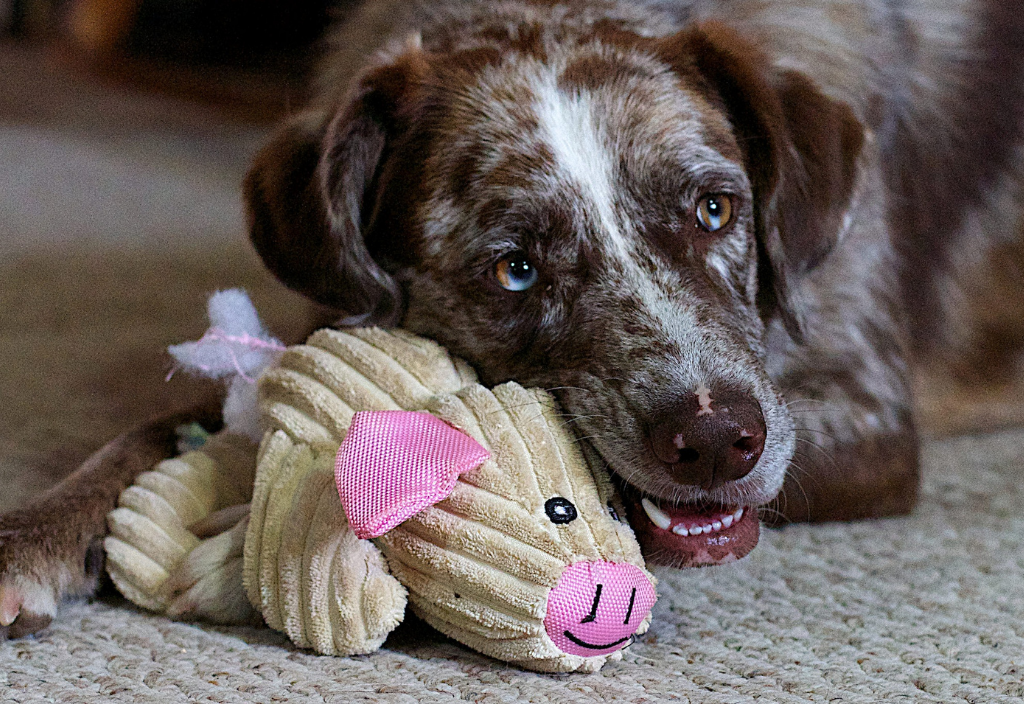
Know Your Senior Dog’s Limits
Before starting any new activities, have a quick chat with your veterinarian. They can recommend safe exercises based on your dog’s health history. Every senior dog ages differently—some may still enjoy long strolls, while others prefer short, slow-paced adventures.
Best Activities for Older Dogs
Low-impact, safe movements are the way to go for keeping senior dogs healthy and active. Try these:
- Short, gentle walks on soft grass or smooth paths
- Swimming or hydrotherapy to reduce joint strain
- Indoor activities for old dogs such as hide-and-seek with treats
- Gentle tug games using soft toys
- Slow, steady stair climbing (only if safe)
💡 Tip: Spread activity throughout the day rather than one long session—it’s easier on their joints and stamina.
Gentle Exercise for Aging Dogs
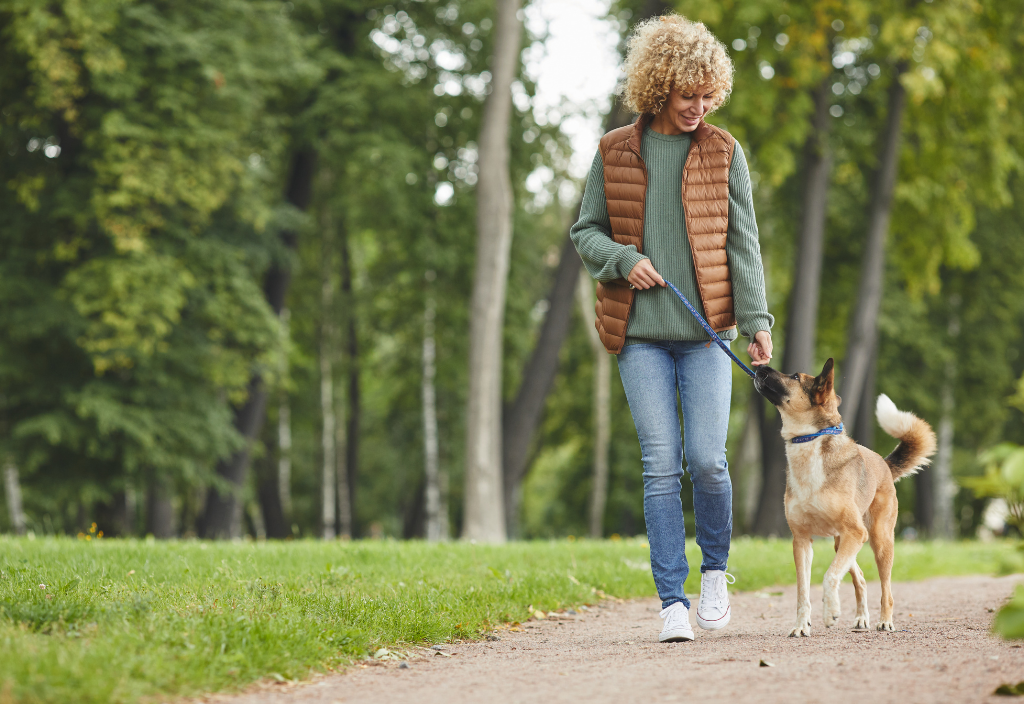
The best routines combine physical and mental stimulation. Pair a short walk with a few minutes of training or nose work. This keeps your senior pup’s body moving and their mind sharp.
Safe Playtime for Senior Dogs
Some playtime ideas that won’t overtax your pup:
- Rolling a soft ball across the floor instead of throwing it far
- Teaching simple new tricks like “spin” or “touch”
- Letting them “hunt” for scattered kibble or treats around the house
Helpful Products for Senior Dog Mobility & Fun
Toys

- Soft plush toys for gentle chewing
- Food puzzle toys for brain stimulation
- Low-bounce balls for easy fetching
Food Supplements (ask your vet before starting)

- Glucosamine & chondroitin for joint support
- Omega-3 fatty acids for inflammation control
- Senior dog multivitamins
Mobility Products
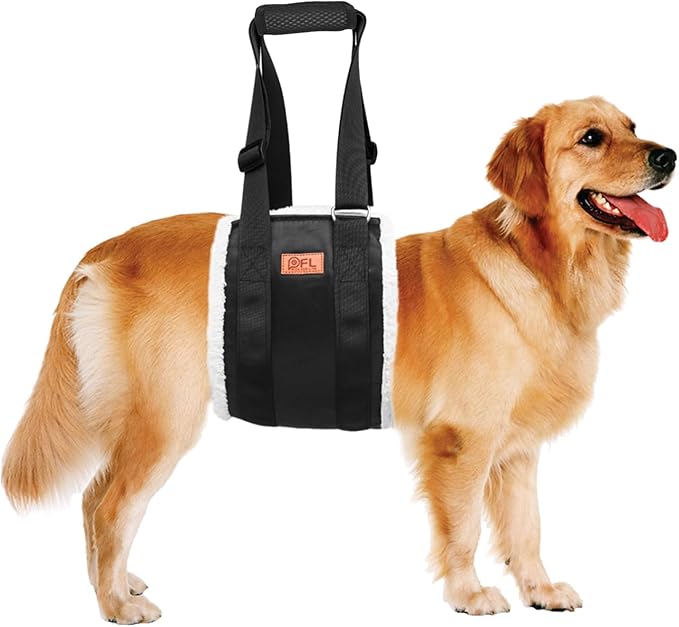
- Support harnesses for easier walks
- Orthopedic dog beds for joint comfort
- Non-slip rugs or stair treads to prevent slips
Senior Dog Mobility Tips
- Walk during cooler hours to avoid overheating
- Keep nails trimmed for better grip
- Use ramps for getting onto furniture or into cars
- Watch for signs of stiffness or limping after activity
Frequently Asked Questions About Keeping Senior Dogs Active
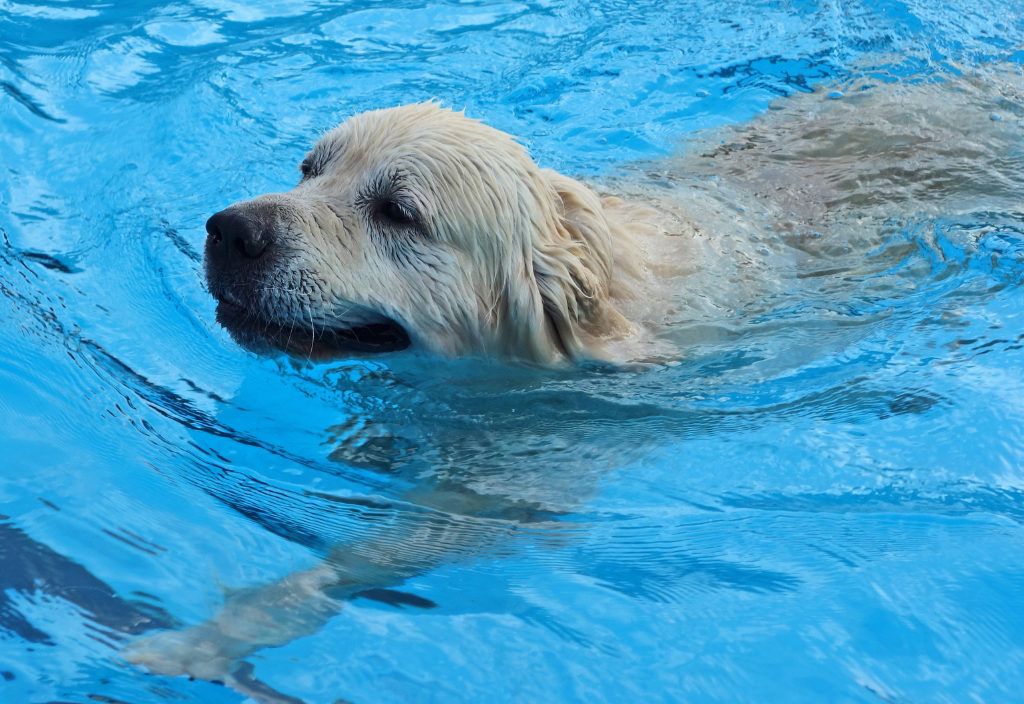
1. What are the best activities for older dogs?
The best activities for older dogs are gentle, low-impact exercises like short walks, swimming, and indoor games such as hide-and-seek with treats. These help maintain joint health, boost mood, and keep senior dogs mentally engaged.
2. How much exercise should a senior dog get?
Most senior dogs benefit from 20–30 minutes of gentle activity per day, broken into shorter sessions. Always monitor for signs of fatigue, like excessive panting or limping, and adjust accordingly.
3. What are some safe playtime ideas for senior dogs?
Safe playtime for senior dogs includes rolling a soft ball across the floor, using puzzle toys for mental stimulation, and gentle tug games with soft toys. Avoid activities that involve high jumps or sharp turns.
4. How can I help improve senior dog mobility?
You can improve senior dog mobility with supportive products like harnesses, ramps, and orthopedic beds. Adding joint-support supplements—such as glucosamine and omega-3 fatty acids—may also help (check with your vet first).
5. Are there indoor activities for old dogs who can’t go outside often?
Yes! Indoor activities for old dogs include nose work games, food puzzles, slow-paced trick training, and treat scavenger hunts. These keep older dogs active and mentally stimulated without straining their joints.
Love learning ways to keep your senior dog happy and active?
Subscribe to our email list for expert care tips, and product recommendations tailored for older dogs.

